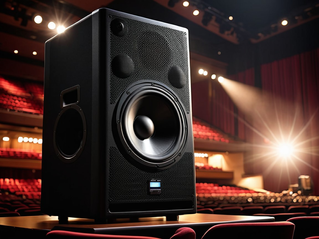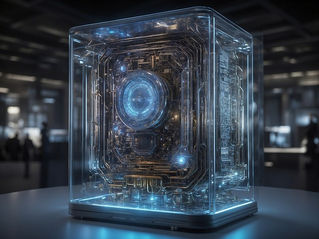A single sheet of graphene that covers a football field, would weigh under 1 single gram! In comparison paper is 1000 times heavier than graphene. Although it consists of just a single layer of carbon atoms, graphene is indeed 400 times stronger than steel! Graphene is the strongest material ever discovered, yet it has amazing elasticity. There is still mystery around graphene and its extraordinary properties, and hence research is ongoing along with promising applications. However, we can guess that the carbon bonds between the carbon atoms of graphene must be indeed very strong!

Nanotubes are one of the many applications of graphene. Sir Harry Kroto, received the Nobel Prize for the discovery of carbon C60 Buckminsterfullerene, (the building block for super-strong and highly conductible nanotubes). Today, there are many teams around the world developing nanotubes. Professor Alan Dalton's team is one of them. Their projects include smart clothing that can detect bodily functions, virtually indestructible yet incredibly thin smart screens and nanobarcoding for food packaging to ensure food safety. Dr Dalton highlights: “We are working with building blocks that are 50,000 times smaller than a single human hair. The real step change is in how we are now able to see them and manipulate them with the aid of atomic-force microscopes and electron microscopes.”

One such nanomaterial is graphene, a honeycomb lattice form of carbon derived from graphite. First observed in 1962, it was produced in 2004 by physicists Konstantin Novoselov and Andre Geim, who received the Nobel Prize for their work in 2010.

It also has transparency and is has electrical conductivity. The idea for a simple, wearable but wireless device made from graphene that could detect pulse and respiration rates came to Alan while making French salad dressing with his nineyear-old daughter. “She was amazed to see the little circle particles of oil, and it set me thinking about how we could use the principle to create emulsions in which tiny balls of graphene are suspended in oil and water. A simple and cheap-to-produce sensor like this could help prevent neo-natal deaths in remote communities in developing countries, it could also be used for dementia patients to detect dehydration, a common problem with the elderly, and remind them to have something to drink. Perishable foods and medications that have limited lifespans, or need to be kept at a particular temperature, can cause logistical issues for manufacturers and suppliers. Penicillin, in particular, must be kept below a certain temperature. If it’s being sent to a war zone, aid workers need to know that what they are administering is going to work. This could solve this challenge. Customers want to be assured that food has been stored correctly. These simple little indicators are almost impossible to counterfeit.” Dr Dalton says. Using silver nanowires and graphene, they have produced a screen that’s more flexible and less breakable. At the moment, touchscreens are made from a rare, mined metal called indium tin oxide, supplies of which are expected to be exhausted in just a few decades. He finally says: “There needs to be a new disruptor technology, and this nano graphene system could be that”.






























































































I WOULD LIKE TO KNOW THE STOCK SYMBOL FOR GRAPHENE THAT I CAN BE ABLE TO BUY THE STOCK OR INVEST .